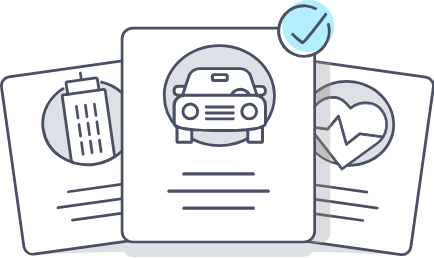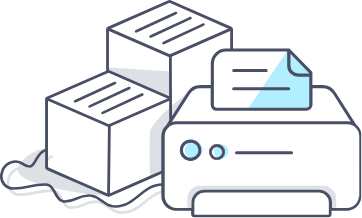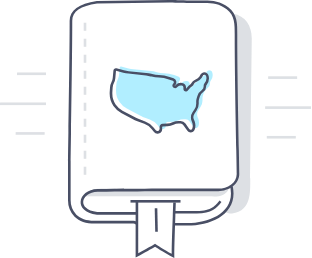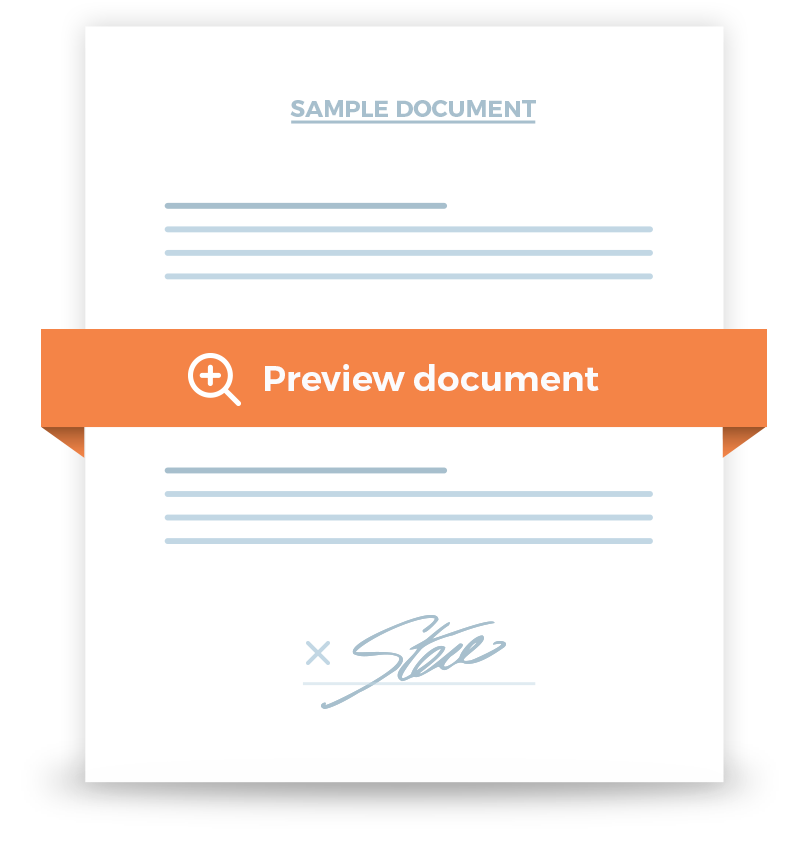Copyright Assignment
A Copyright Assignment gives another person or entity the right to become the owner of your copyrighted property.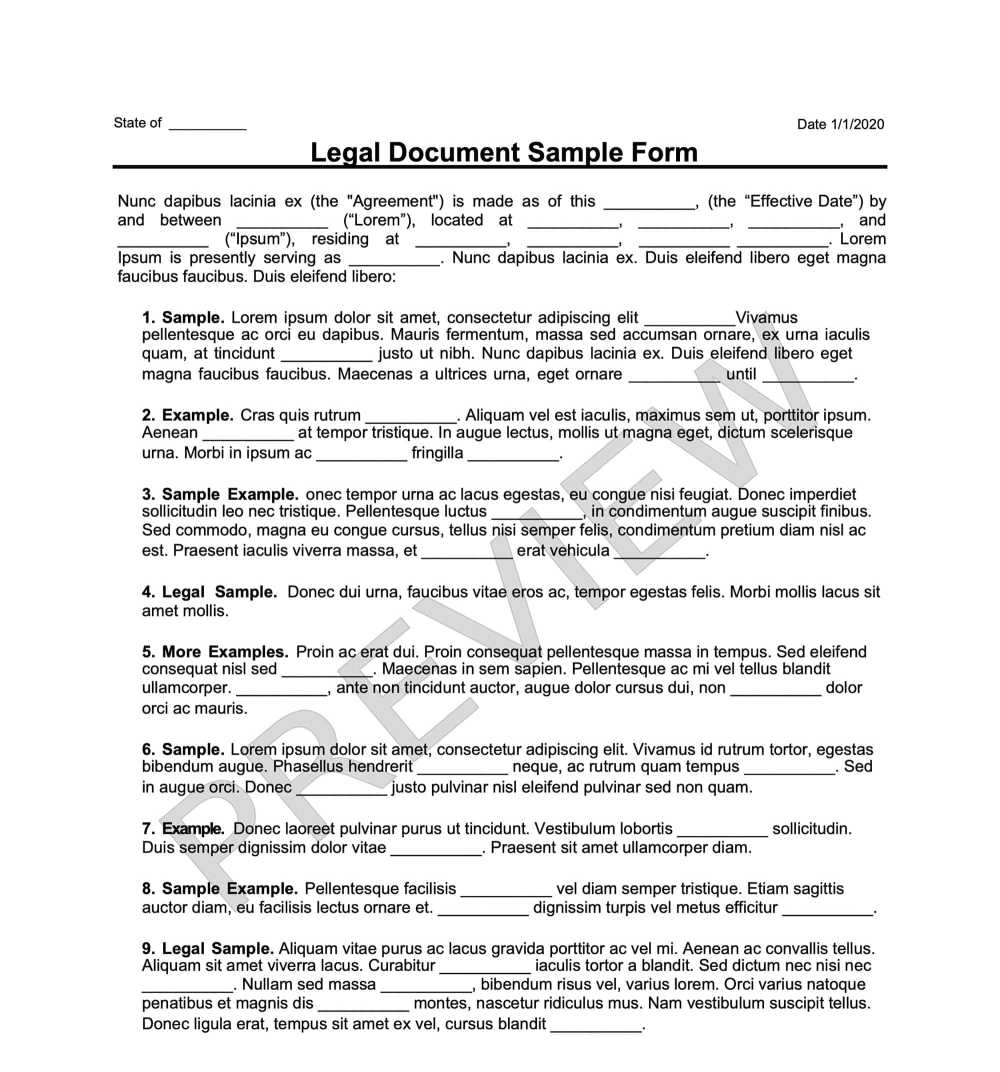

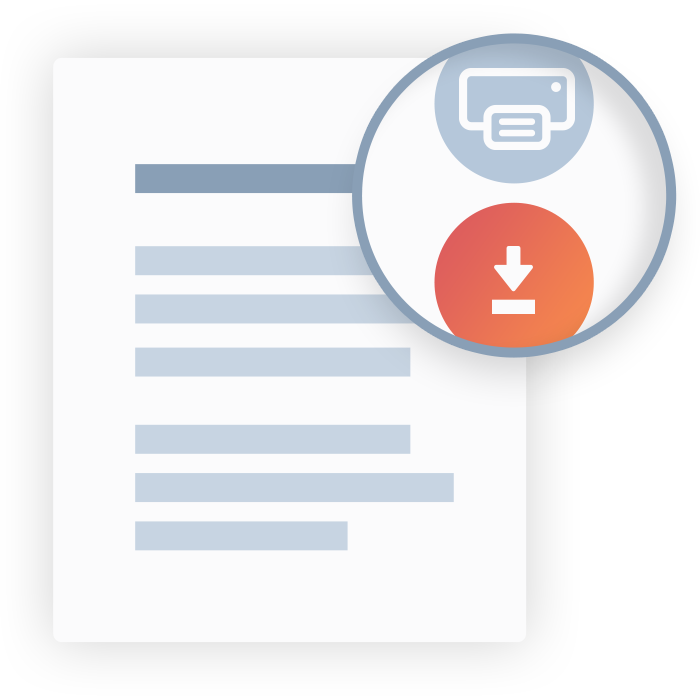
Frequently Asked Questions
By signing the document, the recipient of the copyright receives exclusive rights to:
Publicly display or perform the copyrighted work
Sell or license the copyright
Reproduce the copyrighted work
Distribute the copyrighted work
Use the copyrighted work to create derivative work
A Licensing Agreement allows a licensee to use the copyrighted work for approved uses. The ownership of the copyright doesn’t change.
A Copyright Assignment transfers the ownership of the relevant copyright from one party to another. Once loses, the previous owner loses all rights to the copyright property, which the new owner can go on to sell or license it.
Under the copyright law of the United States, the following types of work can be protected:
Compilation: A collection of existing copyrighted material that can also be copyrighted separately. For example, a collection of songs performed by various artists or a book of short stories by different writers.
Dramatic Works: This includes scripts, plays, screenplays, operas, and the accompanying music.
Literary works: Articles, novels, essays, advertising, catalogs, nonfiction, computer programs, and more.
Music Works: This includes the melody and the lyrics.
Sound Recordings: Sound effects, voice, and music.
Audiovisual Works: Videos, film strips, and movies.
Choreographic Works and Pantomimes: Excluding dance steps.
Graphic, Pictorial, and Sculptural Works: Cartoons, drawings, sketches, slides, greeting cards, engineering and architectural drawings, globes, maps, charts, fabric designs, and more.
Vessel Hulls: The design of boats can be copyright for ten years.
Derivative Works: Refer to any new work that’s based on an existing work. A typical example would be remixes of popular songs. If a derivative work is based on a copyrighted work, it can only be copyrighted if permitted by the owner of the original work.
Semiconductor Chip Mask Works: Semiconductor chips have been copyrighted since 1984. This is a specific copyright administered by the Copyright Office.
Architectural Works: Since 1990, building designs can be copyrighted in the United States.
Individuals and businesses that infringe on others’ copyrights may face legal action. Depending on the severity of the offense, the results can be imprisonment or a fine. To avoid breaching copyright law do the following:
Create contracts: If you work with agencies or freelancers, assign the copyright to your company.
Education: Learn about copyright laws and what’s needed to avoid legal action.
Internal control: Before using any external work, ensure that you have the proper approval.
Create: You are free to use the content you’ve created.
Purchase from respectable sellers: To ensure that you are not buying an illegal version of copyrighted material, work with reputable companies.
